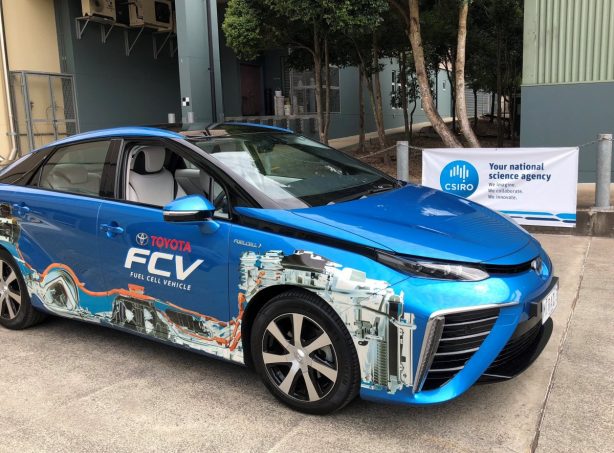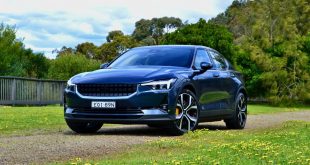A new breakthrough in the way hydrogen is transported around the world could accelerate the commercialisation of fuel cell vehicles.
One of the biggest challenges facing fuel cell vehicle manufacturers and filling station operators is the transportation and storage of hydrogen – the gas that powers a fuel cell vehicle. The process is currently complex and expensive, due to the volatile nature of hydrogen.
But researches from Australia’s Commonwealth Scientific and Industrial Research Organisation (CSIRO) have pioneered a new technology that allows bulk hydrogen to be transported in the form of ammonia, using existing infrastructure and transportation methods, and then reconverted back to hydrogen at the point of use.
After ten years of research, the team have discovered a way to convert hydrogen to ammonia, and then reconvert it back to hydrogen using a special membrane. The membrane separates ultra-high purity hydrogen from ammonia, while blocking all other gases.
This means the shipment of hydrogen to filling stations can be simplified, paving way for hydrogen distribution and delivery in the form of a modular unit that can be used at, or near, a refuelling station.
It has the potential to fill the gap in the technology chain to supply fuel cell vehicles around the world with low-emissions hydrogen sourced from Australia.
CSIRO Chief Executive Larry Marshall was one of the first to ride in the Toyota Mirai and Hyundai Nexo fuel cell vehicles powered by ultra-high purity hydrogen, produced in Queensland, Australia using CSIRO’s membrane technology.
“This is a watershed moment for energy, and we look forward to applying CSIRO innovation to enable this exciting renewably-sourced fuel and energy storage medium a smoother path to market,” Dr Marshall said.
“I’m delighted to see strong collaboration and the application of CSIRO know-how to what is a key part of the overall energy mix.”
Program leader David Harris said Australia has a huge source of renewable energy — sunlight and wind — that can be utilised to produce hydrogen.
“The key here is we can transport the hydrogen from the place where it is produced from renewable energy — let’s say maybe that is in outback Western Australia — and we can ship that form of ammonia anywhere in the world,” Dr Harris said.
Hydrogen-powered fuel cell vehicles such as the Toyota Mirai and Hyundai Nexo emit zero carbon emissions and have a driving range of around 800km from a full tank of hydrogen. Unlike battery-powered electric cars, which have long charging times, refuelling an empty tank in a fuel cell vehicle takes only a few minutes, much like conventional petrol or diesel cars.
CSIRO principal research scientist Michael Dolan said the cost for hydrogen would be around $15 a kilogram, with an average car holding five kilos of pure hydrogen in a tank.
“But the efficiency of the car is twice as good as current gasoline cars, so you can actually drive twice as far on a tank,” he said.
The CSIRO team has already received expressions of interest from Japan, South Korea and Europe, regions where hydrogen cars are rapidly gaining popularity in the backdrop of a fast expanding network of hydrogen filling stations. Industry players are looking at taking up supplies initially to fuel commercial vehicles like buses, taxis, trucks and trains.
 ForceGT.com Car News, Car Reviews, Video Reviews, Tuning and much more.
ForceGT.com Car News, Car Reviews, Video Reviews, Tuning and much more. 









